Modern X-Ray Analysis Reveals Hidden Secret Within the Mona Lisa
A team of scientists studying Leonardo da Vinci’s world-rewound Mona Lisa believe they have found evidence to suggest the paint used by the Italian artist contained a secret ingredient.
After meticulously analyzing speckles of paint from the revered work of art, scientists revealed it contained rare compounds that may have had several beneficial aspects. This new painting mixture likely remained prominent for centuries after da Vinci’s death.
Leonardo da Vinci
Leonardo da Vinci, born in 1452 in Italy, is often considered one of the greatest minds of the Renaissance.
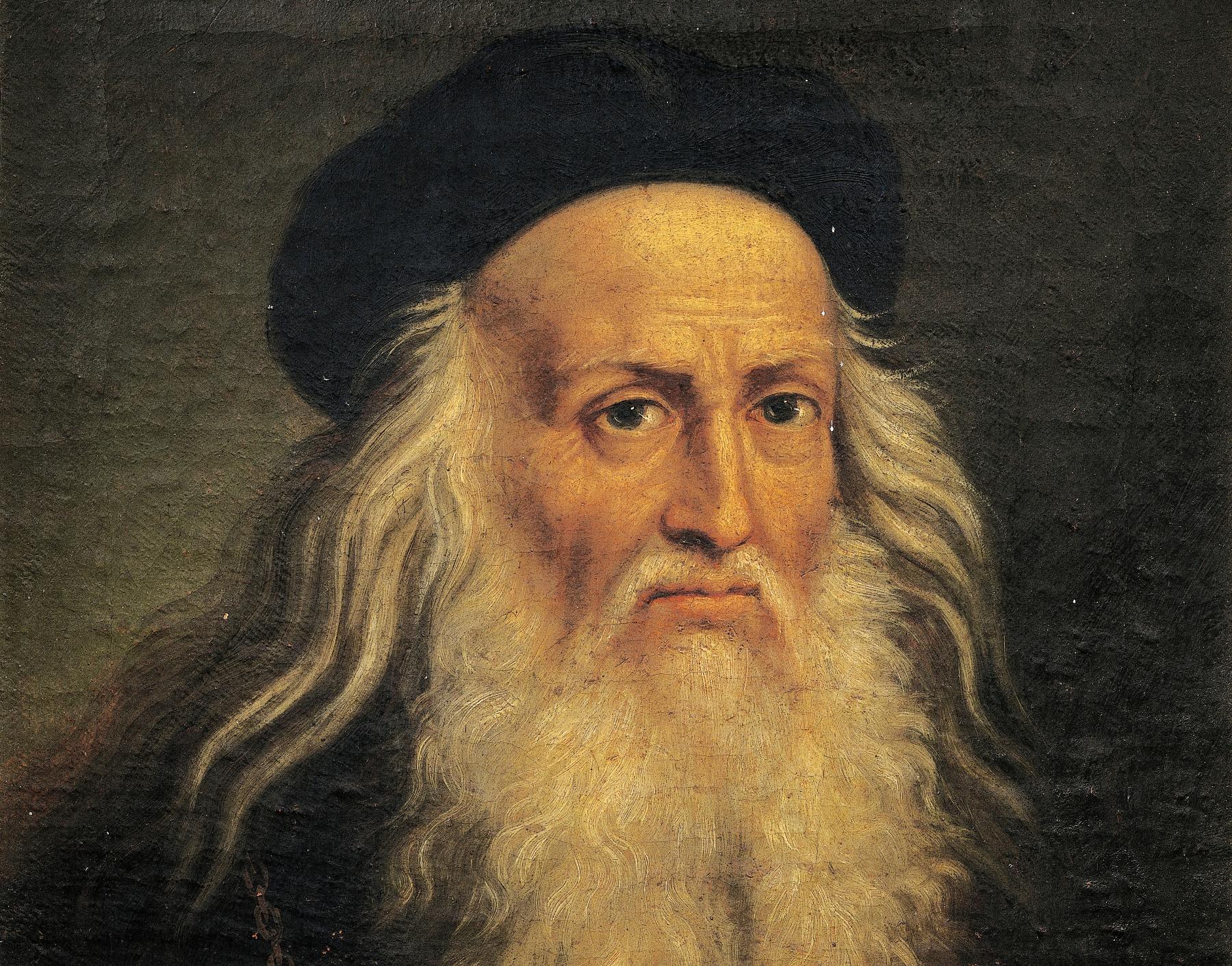
Source: Wikimedia
The Italian was a celebrated painter, sculptor, engineer, architect, and draftsman whose work is still celebrated today. Da Vinci is credited with conceptual designs far ahead of his time, including the helicopter, parachute, and several advanced forms of mobile weaponry.
Da Vinci Is Remembered for His Art
Despite his achievements as an engineer and architect, he’s best known today for the several unique works of art, like The Last Supper, that millions of people continue to admire in museums around the world.

Source: Wikimedia
Currently, it is thought that less than 20 paintings attributed to the Italian Renaissance man exist around the world, several of which are unfinished.
The Man Behind the Mona Lisa
One of da Vinci’s most celebrated pieces is the Mona Lisa, a painting that some historians believe depicts Madam Lisa Giocondo, the wife of a wealthy Florentine.
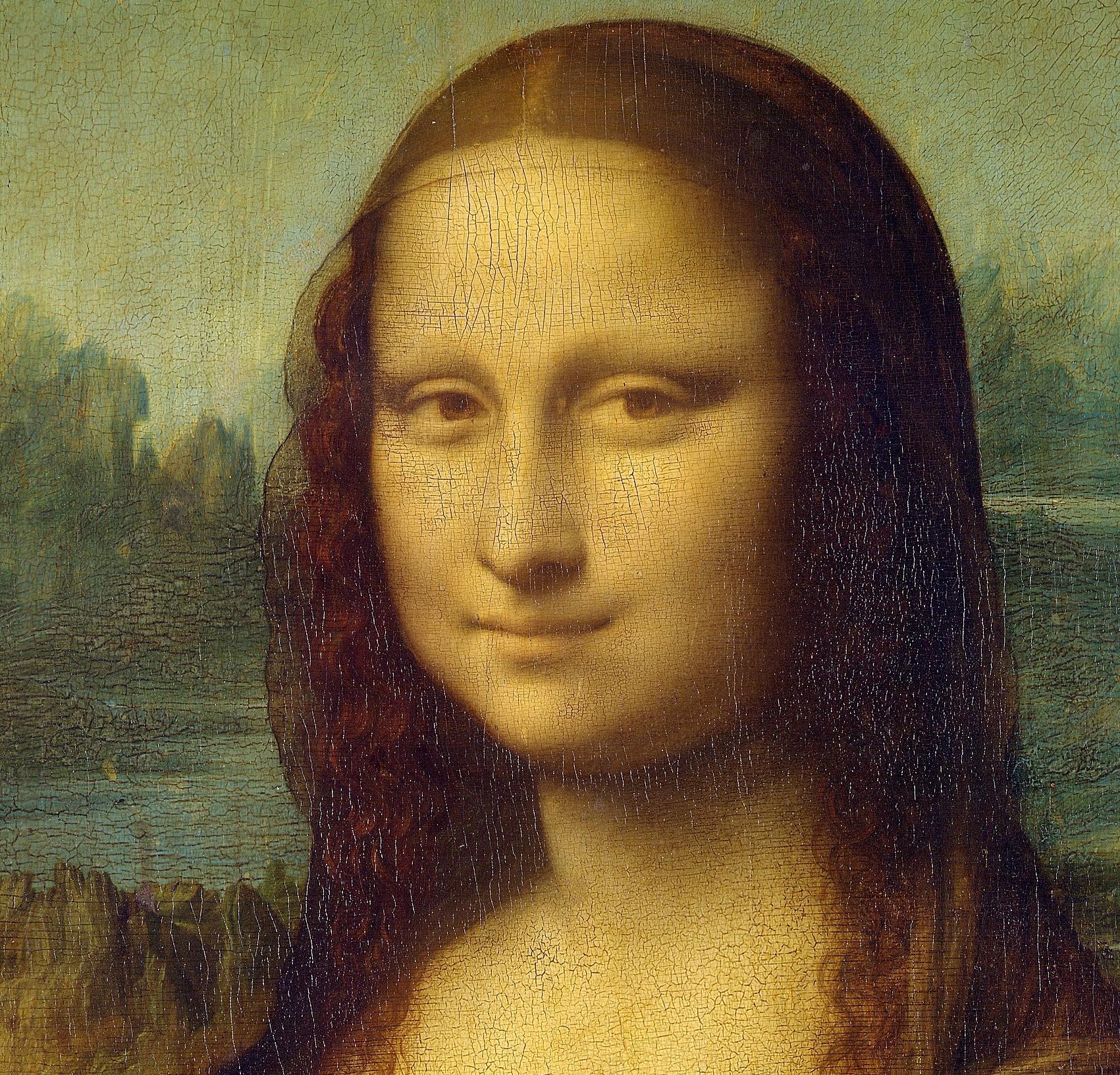
Source: Wikimedia
Recently, a group of scientists studying the piece has found an interest not in the artistic skills of the artist behind the Mona Lisa, but in his alleged knowledge of chemistry, which he employed to make a unique painting.
Scientists Examine the Mona Lisa’s Paint
A team of scientists analyzed a tiny spec of paint taken from a corner of the Mona Lisa and conducted several tests to discern its chemical makeup.

Source: Wikimedia
The researchers were fascinated by the results, which suggested that the Italian artist combined certain unconventional ingredients to produce a paint with several benefits, including a thicker product that could dry much quicker.
Scientists Detail the Paint Used by da Vinci
The scientists published the results of their study in the Journal of the American Chemical Society.
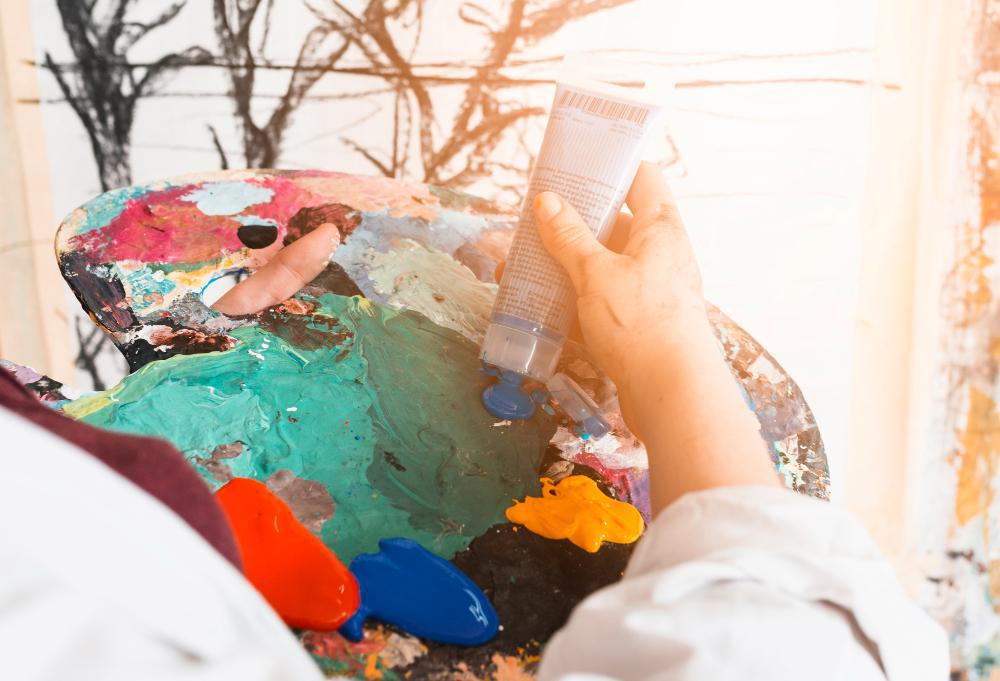
Source: Freepik
In one section of the paper, the scientists describe the paint as a “singular mixture of strongly saponified oil with high lead content and a cerussite-depleted lead white pigment.”
Researchers Discover the Presence of a Rare Compound in da Vinci’s Paint
What truly surprised the researchers was the presence of a rare compound known as plumbonacrite, which can only survive in an alkaline environment.
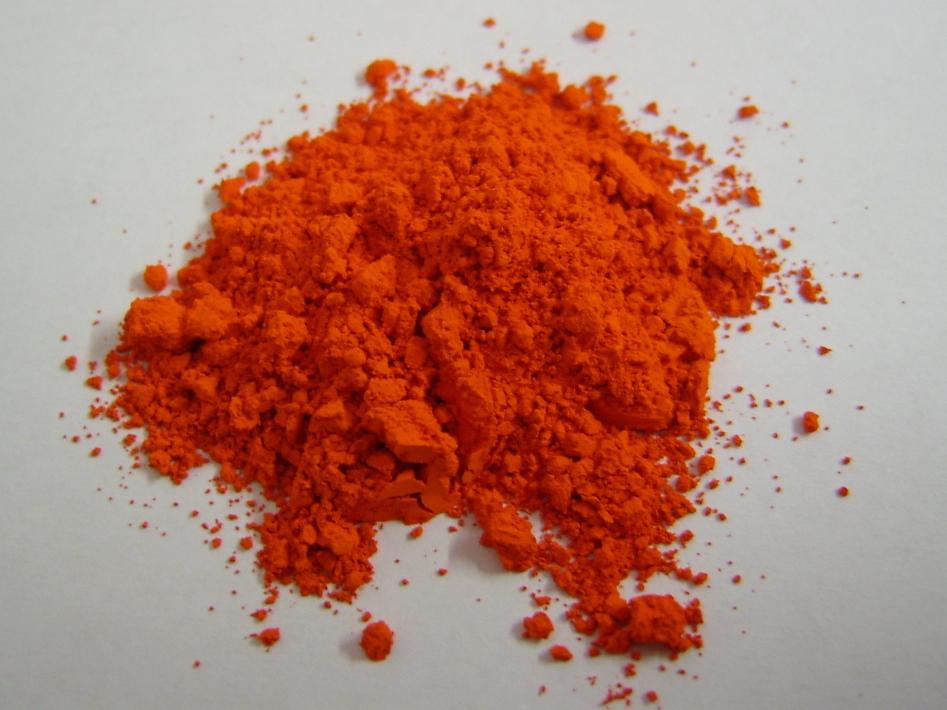
Source: Wikimedia
“Leonardo probably endeavored to prepare a thick paint suitable for covering the wooden panel of the Mona Lisa by treating the oil with a high load of lead II oxide, PbO,” the study states.
Everyone’s Excited About the Lead
Regarding the presence of basic lead carbonate, Victor Gonzalez, the study’s lead author and a chemist at the French National Centre for Scientific Research, said, “Plumbonacrite is really a fingerprint of his recipe.”
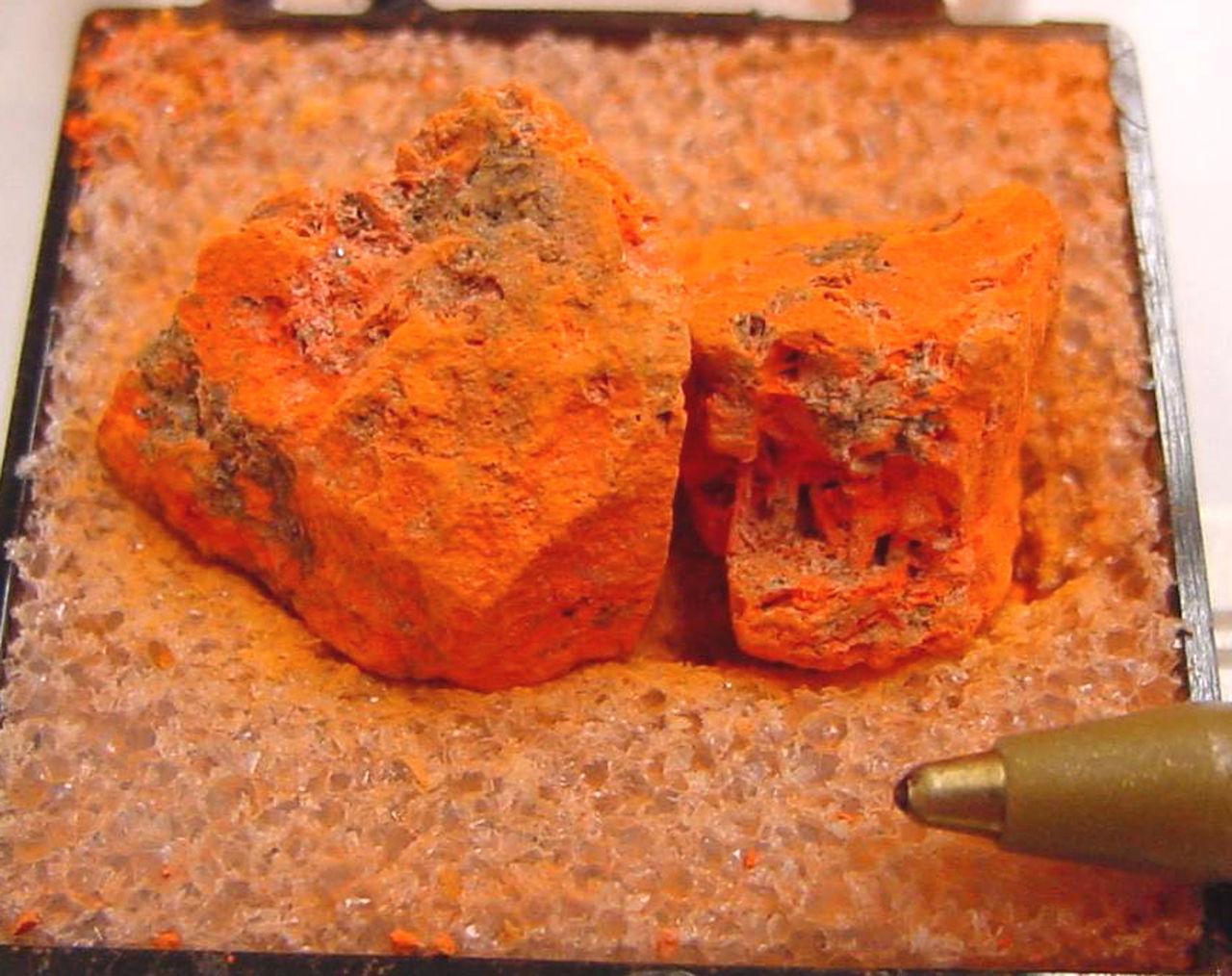
Source: Wikimedia
He added, “It’s the first time we can actually chemically confirm it.”
How Did the Researchers Analyze da Vinci's Paint?
The team of researchers performed the analysis using “high-angular resolution synchrotron X-ray diffraction and micro-Fourier transform infrared spectroscopy.”

Source: Wikimedia
Using a tiny spec of paint equal in size to the diameter of a human hair, the scientists were able to discern what ingredients were used in the production of the paint.
Leonardo Made Orange Paint From Lead Oxide
According to Gonzales, da Vinci likely discovered the orange-colored lead oxide powder by mixing it with walnut or linseed oil and adding heat. This would have created a relatively thick paint that died much quicker than alternatives.
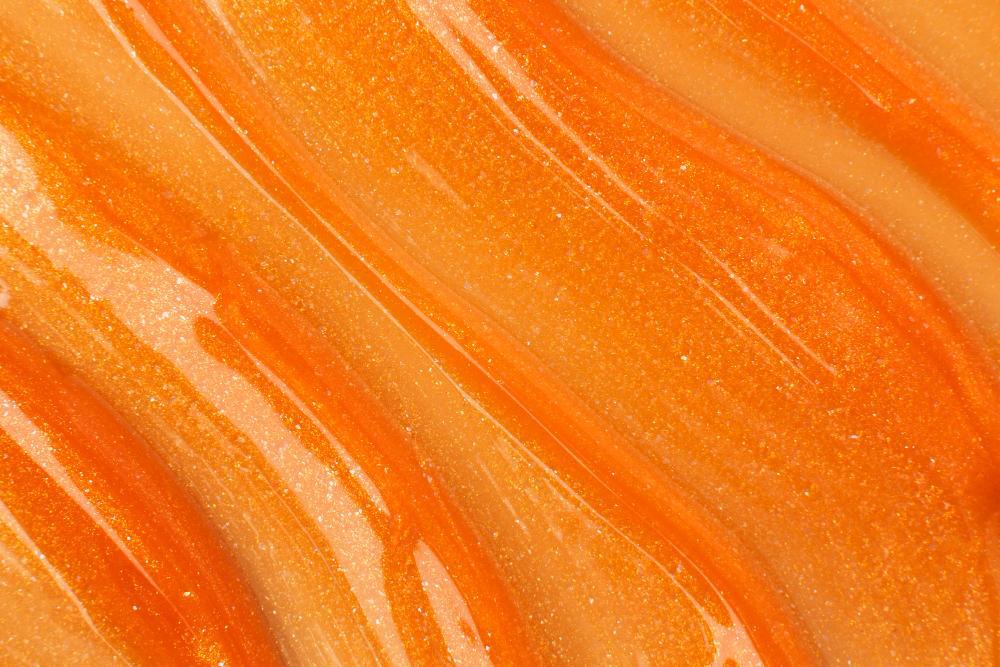
Source: Wikimedia
“What you will obtain is an oil that has a very nice golden color,” he told the AP. “It flows more like honey.”
Da Vinci Was a Man Invested in His Art
Da Vinci used various painting mixing techniques for different pieces of art, showcasing a modern approach to the craft during his era, explained Gonzalez.

Source: Wikimedia
“He was someone who loved to experiment, and each of his paintings is completely different technically. In this case, it’s interesting to see that indeed there is a specific technique for the ground layer of Mona Lisa,” said the researcher.
Da Vinci Became a Trend Setter
According to Gonzalez, the use of lead oxide powder in the production of the Mona Lisa’s base layer was undoubtedly a new technique made popular by da Vinci in the 16th century.

Source: Wikimedia
Rembrandt paints produced over two centuries later also contain plumbonacrite. “It tells us also that those recipes were passed on for centuries,” he added. “It was a very good recipe.”
